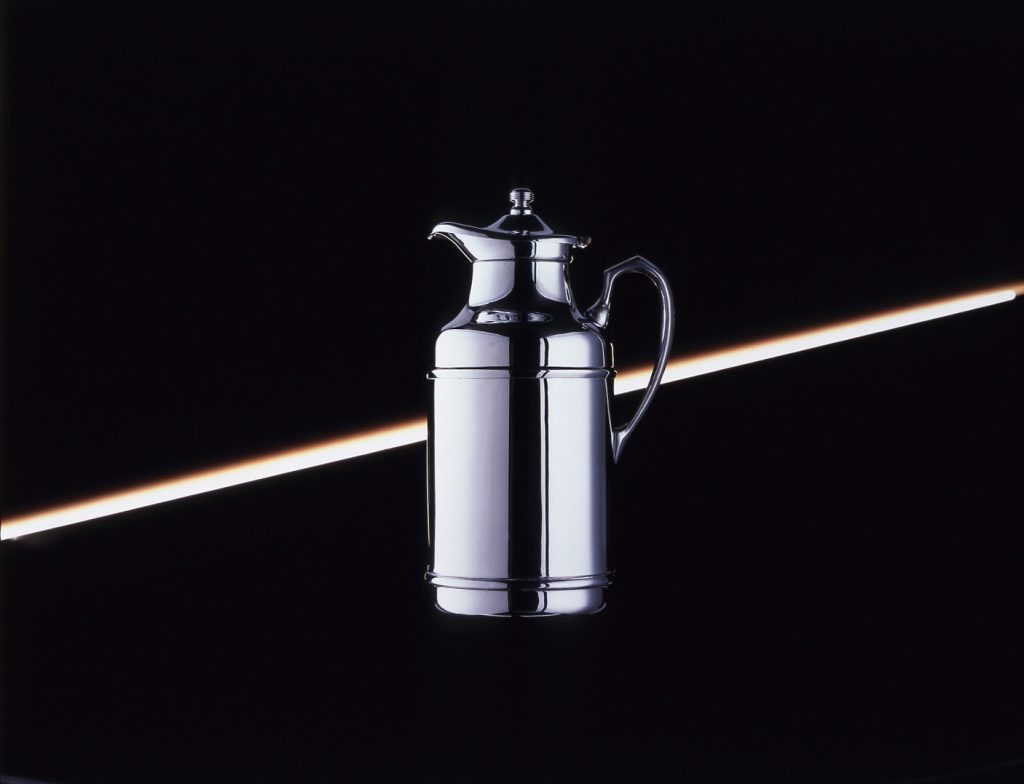
Hello Zo family! Are you ready to delve into a bit of history, infused with the charm of our vintage water pots? Let’s travel back to the late 1940s when Zojirushi introduced a marvel of innovation to Japanese dining tables: the Pelican Pot.
This wasn’t just any thermal carafe; it marked our foray into vacuum-insulated technology in the post-WWII era, offering a symbol of comfort and luxury with every pour. Join us in this nostalgic journey to when the Pelican Pot became an integral part of our heritage.
Meet the “Magic Jar”
The “mahobin“ or vacuum flask, also known as the “magic jar” in Japan, is a key household item with its roots deeply embedded in Osaka. Osaka first domestically produced the mahobin around 1912, leveraging the region’s expertise in glass and lightbulb production, originating from European innovations.
These flasks were initially largely exported, particularly to Southeast Asia, because of the high demand from European colonists. This export boom led to the development of brand identity in Japan, with Zojirushi emerging as a notable player. Founded in 1918 by the Ishikawa brothers, Zojirushi began as a bottle workshop. It later evolved into a mahobin wholesaler, and introduced the iconic elephant mark as their trademark.
Luxury Turned Everyday Comfort with Insulated Carafes
In post-war Japan, people considered vacuum bottles and insulated carafes a luxury. But Zojirushi, driven by Shigeyuki Ichikawa’s visionary approach, transitioned this luxury into a daily comfort. By 1948, our innovative tabletop pot, designed for the Western dining experience, found its place in countless homes. Known for its unique shape, we called it the “Pelican Pot.”
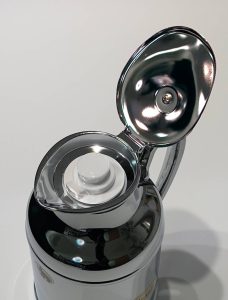
Its popularity soared, making it a bestseller by 1956. These products, along with the introduction of designs like the floral print flask, cemented Zojirushi’s position as a market leader. The company also ventured into other product lines, notably transitioning to stainless steel vacuum flasks and developing the cook-and-keep-warm rice cooker, marking its evolution into a comprehensive manufacturer of everyday goods. This was a testament to our commitment to blending practicality with luxury, using materials like stainless steel for durability and quality.
Celebrating Our Roots: From Glass Lined Pots to Thermal Carafes
Jumping ahead to 1988, our 70th anniversary, we celebrated by reviving the iconic Pelican Pot, integrating a touch of history into modern dining experiences. Those interested in our legacy can visit our headquarters in Osaka, Japan. Here, you’ll discover a range of innovations, from glass-lined pots that preserve flavor to advanced thermal carafes. We even showcase the Mahobin, the water bottle that supported an Olympic victory – a testament to our technological advancements.
Zojirushi Today
Since the days of the “Pelican Pot”, Zojirushi has continued to innovate, leveraging its vacuum technology in various fields, including space exploration and sports. The company’s mahobin technology has been adapted for extreme conditions, such as withstanding high speeds in space and maintaining temperature for Olympic athletes.
In fact, in 2004, Zojirushi’s stainless-steel bottle was used by the long-distance runner Mizuki Noguchi, during the race she took home gold. Carrying the drinking water that hydrated her during her run, this bottle was a work of craft that kept the liquid temperature at 10° C (50° F). The bottle committed to its job perfectly, enough for Noguchi herself to say, “This bottle saved me.”
These advancements not only demonstrate Zojirushi’s commitment to innovation but also underscore the global impact and versatility of the mahobin, as it continues to be a beloved and essential item in households and industries worldwide. The technology has evolved into today’s coffee pots, water boilers, kettles, and glass lined vacuum carafes.
Do you have cherished memories of the Pelican Pot during family gatherings? Or stories of how Zojirushi’s range, from the traditional water pot to the modern stainless-steel pot, has been a part of your life’s moments?
Share these memories with us by tagging Zojirushi on Twitter, Facebook, or Instagram. Your stories are not just cherished but are a vital part of our history too. #Zojirushi #ZoFan
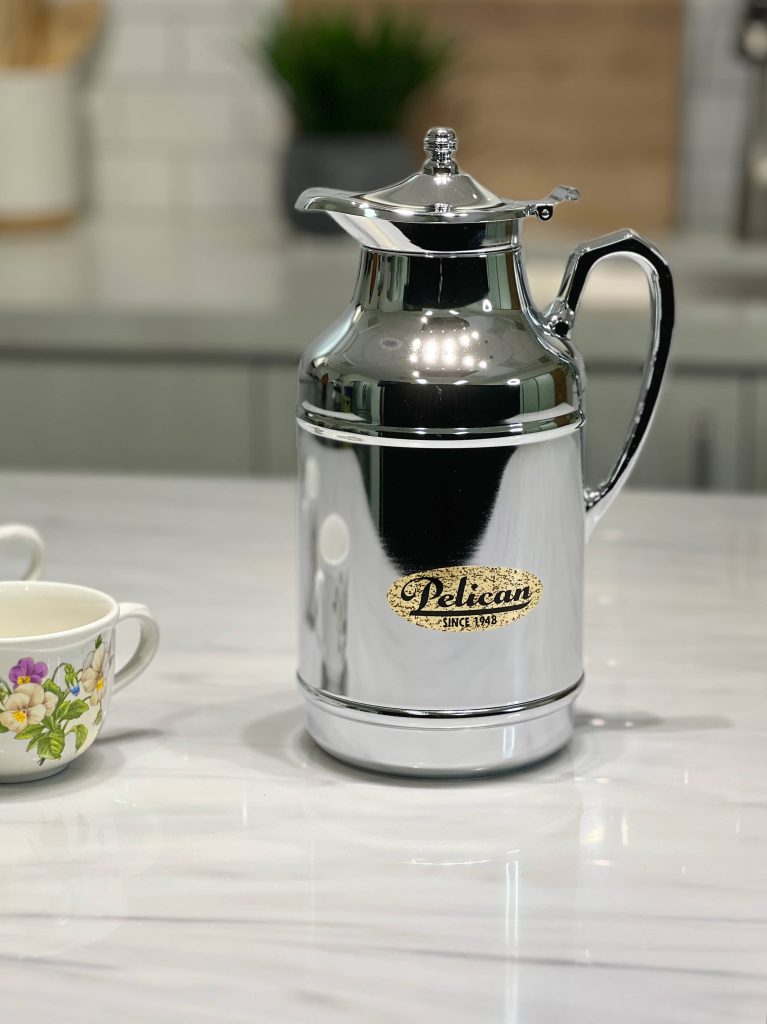
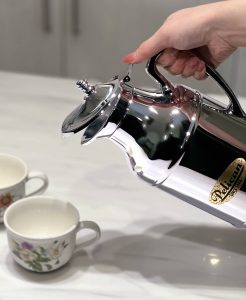
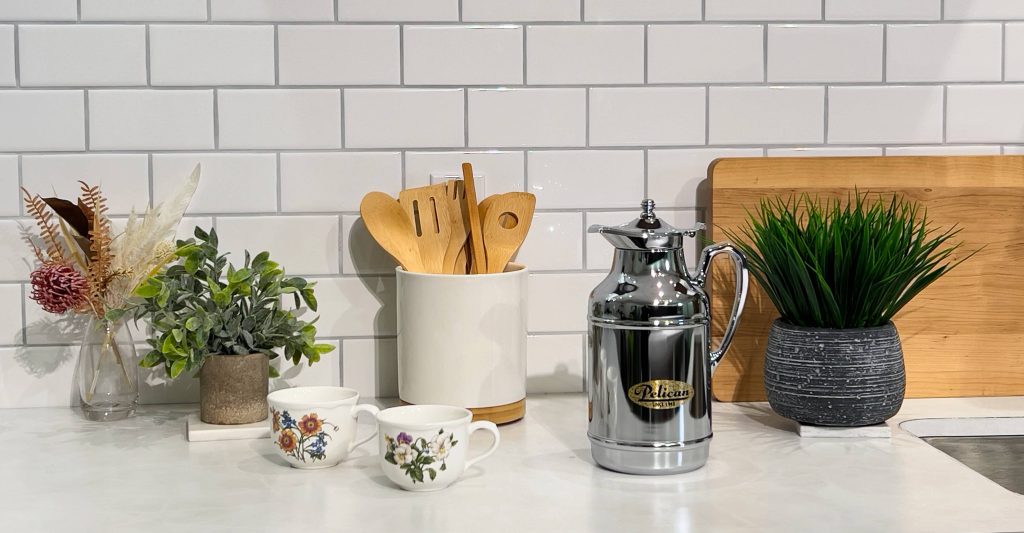
Leave a Reply